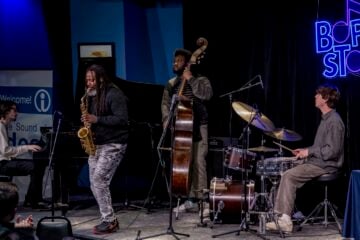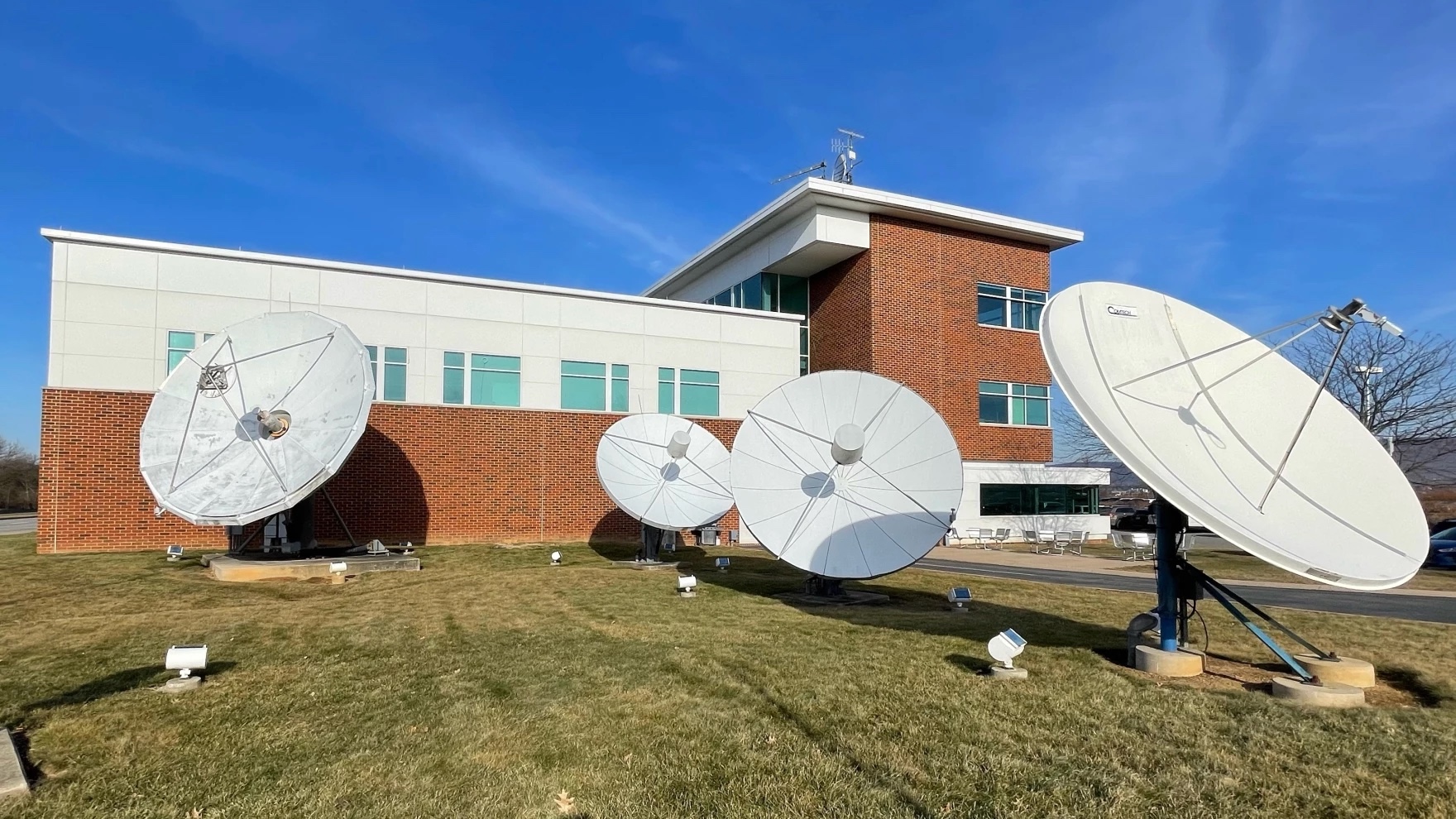NPR rooted in stations that still require federal dollars
When Gary Knell officially started work this month as NPR’s president, he probably found no shortage of ideas about what he should do with an organization that has recently survived bad headlines, turmoil at the top and a near-death experience with federal funding cuts.
But he would be well advised to ignore some of those recommendations.
Some say NPR should simply forgo federal funding, which accounts for 2 percent of its annual budget. Receiving even that small amount, they say, leaves NPR vulnerable to accusations of political bias in its news coverage. How much easier it would be, they argue, if public radio would give up the federal dollars and ignore the occasional outbreaks of criticism from Capitol Hill.
Such a move might not affect NPR directly, but it would certainly have an impact on the 400 local station organizations that receive the bulk of the $100 million that goes to public radio.
To cut federal funding would do tremendous damage to local stations. While stations on average receive 10 percent of their funding in CPB grants, the percentage varies dramatically among stations, with some in smaller markets and underserved areas relying almost entirely on federal and state funding.
Would that matter? Jeff Jarvis, a journalism professor at City University of New York, says no. “The bottom line on the stations is that they are as doomed as newspapers,” he told Politico shortly after Knell’s appointment was announced.
But at a time when local newspapers are struggling, with circulation down more than 25 percent and workforces one-third smaller than a decade ago, public radio could help to fill the gap in news and information in local communities. Public radio has already stepped into the space left when commercial radio stations closed down or cut back their local news operations. It’s already an important part of the nation’s journalism ecosystem, and it could play an even bigger role.
That is the conclusion of the Knight Commission on Information Needs of Communities and the FCC report, “The Information Needs of Communities,” issued in June. The Knight Commission called for a public broadcasting system that is “more local, more inclusive and more interactive.”
Local stations are the core of public broadcasting. Their success is built on their partnership with NPR, especially its most popular news programs. Morning Edition and All Things Considered, which have powered NPR’s phenomenal audience growth to 30 million listeners each week, contain cutaway segments where public radio stations can insert local news reports. This has allowed the stations to build a strong news identity without requiring a large staff.
Now is the time to build on that strength, not undermine it. Some stations are already investing more in the kind of in-depth local reporting that is disappearing from other local media. New York Public Radio has created teams to “dive deep” in three content areas, local government, the local economy and culture. Minnesota Public Radio engages its listeners in its Public Insight Network to offer their expertise on major stories, such as the Minneapolis bridge collapse. Cleveland’s ideastream has broken down silos between its television and radio stations and forged partnerships with local museums, theaters, colleges and government agencies.
To strengthen local public radio stations will require more investment, not less. Only a handful of stations have newsrooms of more than 10 journalists and more than half have news departments of one or none. The resources don’t have to come from the federal government. They could come from local communities. Bill Kling, the visionary founder of Minnesota Public Radio and American Public Media, estimates that if stations in the top 25 markets raised money at the same rate as the station that’s most effective at fundraising, they could generate an additional $410 million, about the same size as the entire federal outlay for public broadcasting.
But local stations won’t be in a position to fill the news and information gap if federal funding is eliminated. And such a move would damage NPR’s national programming, too. NPR receives 40 percent of its funding from local stations, so any cut that hurts local stations also hurts NPR.
After 22 years with Sesame Workshop, the last 11 as c.e.o., Knell is no stranger to public broadcasting and its ongoing struggles over federal funding. In his early comments since his appointment, he has said that federal funds are necessary to support stations in smaller markets. That’s a case he should continue making.
Those who want to spare NPR headaches that come with federal funding mean well. But dropping funding would cripple the news production of local stations at a time when they are needed more than ever.






